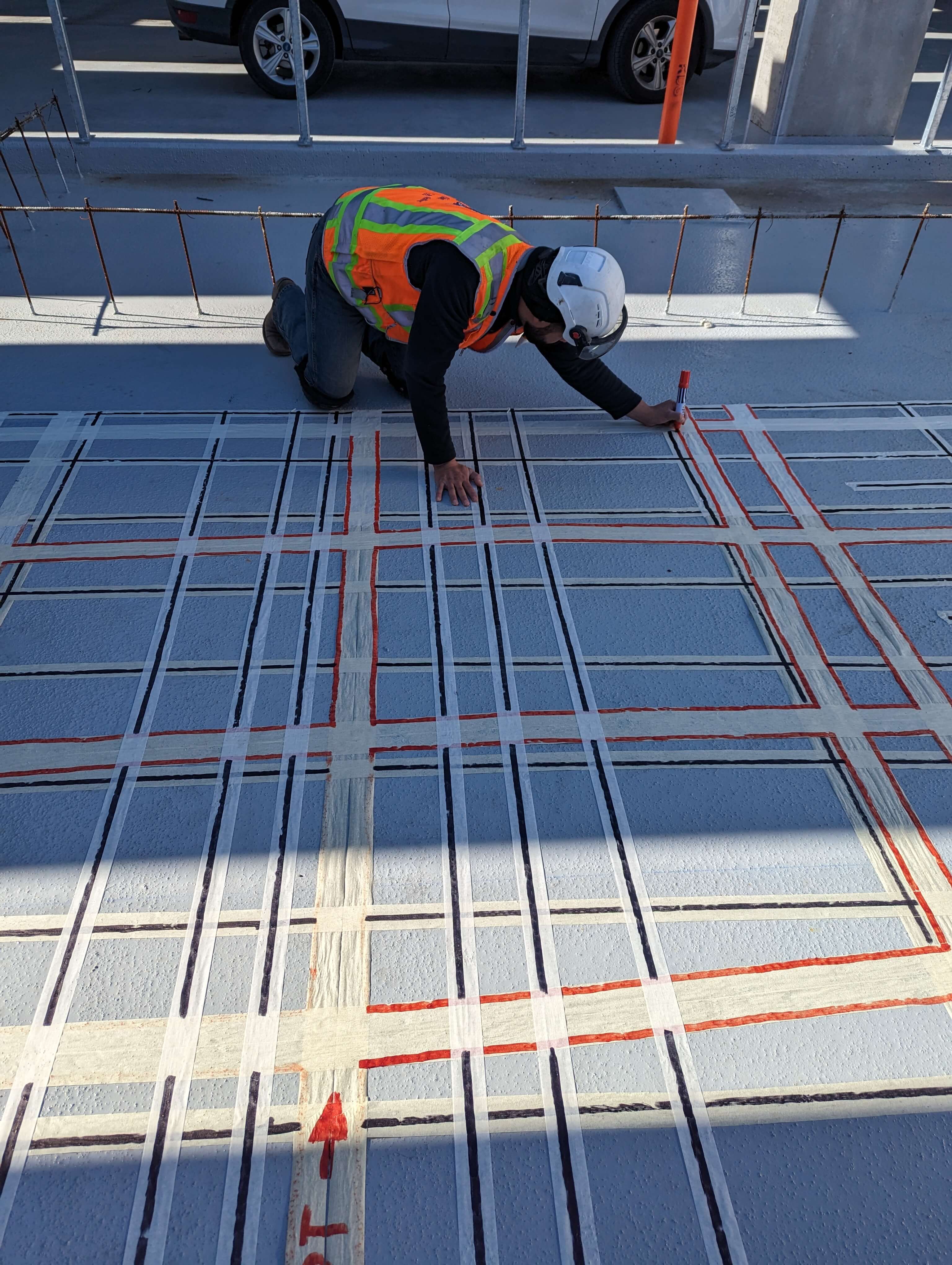Unveil the Transformative Power of Concrete Scanning in Making The Most Of Effectiveness and Security
Concrete scanning has actually emerged as an important device in the building and construction market, providing unparalleled advantages in enhancing job efficiency and making certain security criteria. By using innovative innovation, concrete scanning permits professionals to see beyond the surface, discovering hidden complexities that can impact the architectural honesty of a building. The transformative power of concrete scanning exists in its ability to offer real-time information and comprehensive understandings, transforming just how tasks are planned and implemented. As we look into the details of this ingenious strategy, a world of opportunities opens, showcasing a new period of construction methods that focus on accuracy and safety and security.
Relevance of Concrete Scanning
Making sure the structural honesty and safety of building and construction projects starts with the critical action of conducting detailed concrete scanning. Concrete scanning is a non-destructive technique used to identify and map subsurface aspects within concrete structures.
The relevance of concrete scanning can not be overstated, as it plays a vital function in preventing crashes, lessening task hold-ups, and making sure the long-term sturdiness of the building. By identifying potential hazards before the building and construction phase begins, home builders can implement suitable security measures and make informed choices pertaining to the design and execution of the job. In addition, concrete scanning helps in maximizing project timelines and budget plan by preventing unanticipated expenses and hold-ups that may occur due to unexpected blockages within the concrete. Inevitably, buying thorough concrete scanning is a proactive method that improves both performance and safety and security in building and construction projects.
How Concrete Scanning Functions
Concrete scanning runs as a crucial device in building and construction jobs by utilizing advanced technologies to spot and map subsurface elements without creating architectural damage. Ground Permeating Radar (GPR) and Electromagnetic Induction (EMI) are two key approaches used in concrete scanning. GPR works by sending out high-frequency radar pulses into the surface, which bounce back when they run into subsurface objects or voids. The time considered the signal to return suggests the depth and area of the items. EMI, on the other hand, makes use of magnetic fields to recognize variations in product structures, such as identifying rebar or avenues within concrete structures.
Throughout the scanning procedure, the information collected is evaluated in real-time, permitting immediate identification of prospective hazards or challenges underneath the surface area. By employing these innovative innovations, concrete scanning considerably minimizes the risk of pricey problems and injuries on construction websites.
Advantages of Concrete Scanning
One of the main benefits of concrete scanning is the capacity to discover and locate ingrained items such as rebar, post-tension cables, and avenues precisely. Concrete scanning aids in preparation and creating a lot more properly, as it gives specific info regarding the place and depth of architectural parts.

Instance Researches: Concrete Scanning Success

In one more instance, a construction business made use of 3D concrete scanning to assess the problem of aging concrete structures in a historical structure. The comprehensive scans supplied valuable understandings right into the degree of deterioration and assisted prioritize maintenance initiatives efficiently. By proactively addressing areas of problem determined with scanning, the company was able to expand the life expectancy of the structure and make sure owner security.
These instance research studies underscore the transformative power of concrete scanning in improving performance, accuracy, and security in building and construction projects.
Carrying Out Concrete Scanning in Projects
Applying advanced scanning technologies throughout building and construction projects has become increasingly essential for enhancing precision and safety. By integrating concrete scanning right into job planning and implementation, building and construction groups can recognize prospective dangers, such as rebar or post-tension cords, hidden within concrete structures. This proactive approach minimizes the risk of crashes, hold-ups, and expensive rework, eventually causing a lot more effective project timelines and budgets.
To implement concrete scanning effectively, project managers should collaborate closely with experienced scanning professionals to establish one of the most suitable scanning techniques for the certain job demands. Involving scanning specialists from the very early phases of a task allows the team to create thorough scanning plans that address crucial areas of concern and make sure detailed information collection.
Furthermore, including concrete scanning into regular job workflows can simplify decision-making processes, as real-time check data provides instant insights right into the condition of concrete structures - Concrete Scanning. This data-driven strategy facilitates educated analytical and enables teams to make modifications quickly, fostering a society of performance and safety throughout the project lifecycle

Verdict
To conclude, concrete scanning plays a critical role in improving performance and safety in building tasks. By utilizing sophisticated modern technology to spot and map out underlying frameworks within concrete, this procedure aids to prevent expensive mistakes, make certain architectural stability, and reduce threats on website. With the capacity to reveal hidden aspects and provide precise information, concrete scanning confirms to be a valuable tool for optimizing project outcomes and making best use of total success.
Concrete scanning is a non-destructive additional info method used to detect and map subsurface elements within concrete structures. Additionally, concrete scanning helps in optimizing task timelines and spending plan by staying clear of unanticipated prices and hold-ups that might arise due to unexpected blockages within the concrete. One remarkable their website instance study includes a massive restoration task where concrete scanning played an important function in making certain project success.In another situation, a building and construction company utilized 3D concrete scanning to examine the condition of aging concrete frameworks in a historic building. By incorporating concrete scanning into project preparation and execution, construction groups can determine potential threats, such as rebar or post-tension wires, hidden within concrete frameworks.
Comments on “Professional Tips for Optimal Concrete Scanning Results”